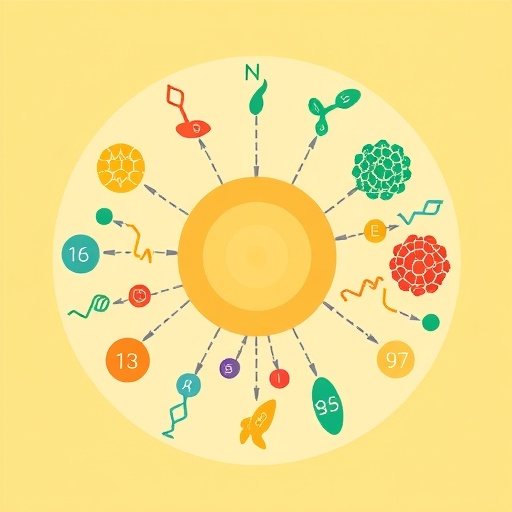NEW ORLEANS–Older adults with type 1 diabetes typically have low blood sugar, or hypoglycemia, for more than an hour a day, suggests research to be presented Monday, March 25 at ENDO 2019, the annual meeting of the Endocrine Society, in New Orleans, La.
Those who are not aware their blood sugar is too low can spend more than 100 minutes a day in the hypoglycemic range, raising their risk of seizures, loss of consciousness and death.
Until now, there has been limited data on how much time older adults with type 1 diabetes spend in the hypoglycemic range, according to lead researcher Anders L. Carlson, M.D., Medical Director of the International Diabetes Center in Minneapolis, Minn.
“This study of older individuals shows these patients do indeed spend more than an hour per day in a range of hypoglycemia, which puts them at risk for the dangers of low blood glucose,” Carlson said. “Those who do not sense when a low blood glucose is occurring as strongly as others can are particularly at risk.”
Low blood sugar can lead to blurred vision, difficulty concentrating, confused thinking, slurred speech, numbness and drowsiness. If blood sugar falls below a healthy range and is not treated, it can be dangerous. Severe hypoglycemia is treated with an injection of the hormone glucagon. Severe untreated hypoglycemia can cause seizures, loss of consciousness and death.
Many people with type 1 diabetes have low blood sugar but experience no symptoms, a condition called hypoglycemia unawareness. Because they don’t know when their blood sugar is low, they don’t know they need to treat it. This puts them at risk for severe hypoglycemia events, which requires another person to help them recover. They also are less likely to be awakened from sleep.
The study reflects baseline data as part of a randomized clinical trial that included 203 adults age 60 and older with type 1 diabetes who used a continuous glucose monitor for up to 21 days. The monitor automatically tracks blood sugar levels throughout the day and night. A continuous glucose monitor uses alarms to alert patients when blood glucose levels are low or start to fall quickly.
“The findings underscore the need for interventions to help reduce the risk of severe hypoglycemia in this age group,” Carlson said.
###
Endocrinologists are at the core of solving the most pressing health problems of our time, from diabetes and obesity to infertility, bone health, and hormone-related cancers. The Endocrine Society is the world’s oldest and largest organization of scientists devoted to hormone research and physicians who care for people with hormone-related conditions.
The Society has more than 18,000 members, including scientists, physicians, educators, nurses and students in 122 countries. To learn more about the Society and the field of endocrinology, visit our site at http://www.
Media Contact
Jenni Glenn Gingery
[email protected]




